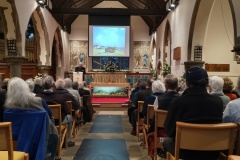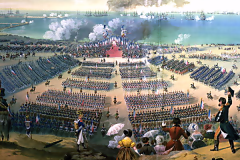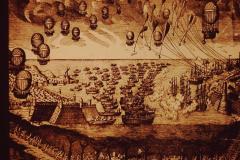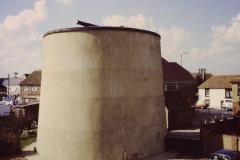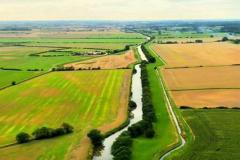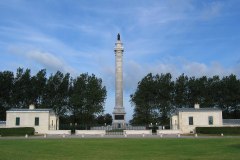In a very well attended talk at St Paul’s Church (image 1 below) on the 10th April 2024, Mr Mansell Jagger took the audience back to two different times in our history. Firstly just over 30 years ago, when there were fears that the Channel Tunnel could have a detrimental effect on the economic prosperity of coastal areas in East Kent and Pas de Calais. The EU allocated funds that could be used for the benefit of local communities and Mansell was involved in discussions with French counterparts in identifying suitable projects for these grants. It was during this time that Mansell gave his first talk (in French) on the English preparations for a possible French invasion in 1804 or later. Fortunately, for most of the audience, Mansell’s speech at St Paul’s Church was in English. Mansell described how a massive invasion force of men and ships was assembled at Boulogne in 1804 and that Napoleon personally inspected his troops in Boulogne on several occasions (image 2). The large number of troops and boats was clearly visible from the Kent coast and the invasion threat was of great national concern. The audience was enthralled to hear of some of the French plans (e.g. a serious consideration was given to some men crossing the channel in balloons and via a tunnel – image 3) and a ruse to lure the English navy away to the West Indies, hence lifting the blockade of the French forts. Many aspects of the English plans to prevent an invasion being successful – buildings at Dover Western Heights, Martello Towers (image 4), and the Romney Hythe Military canal (image 5) are still prominent in our landscape today. The invasion never happened but that did not stop the French building a triumphal tower at Boulogne in anticipation of the successful conquest of England. Even though the invasion plans were abandoned and Napoleon was eventually defeated at sea, the triumphal column was later completed and a statue of Napoleon adorns the top, but he faces inland (turning his back on England – image 6).

